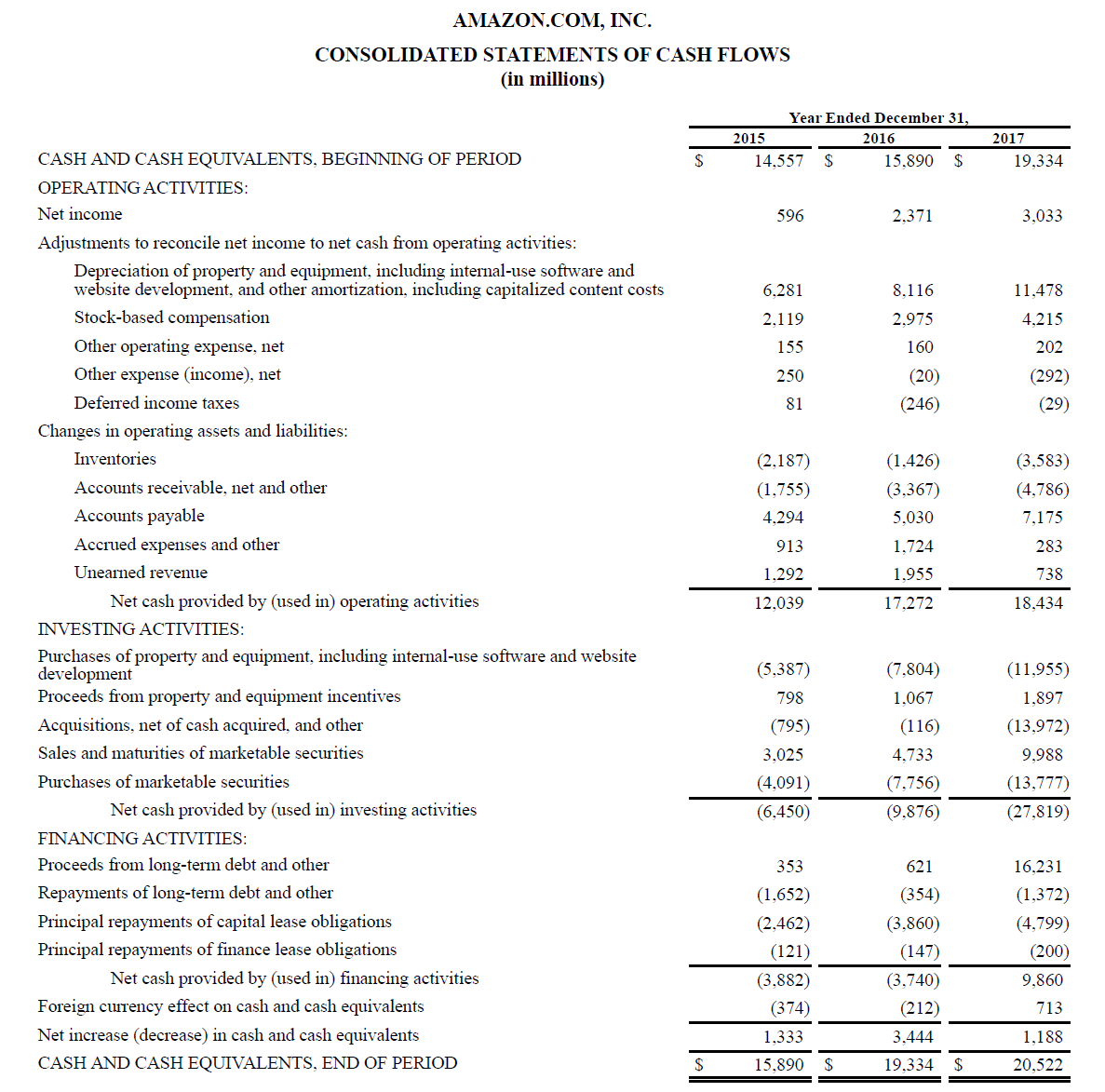

The company set up factories in fruit-producing areas to process and grade fruit that is then sold through a digitally managed distribution network.

Hongjiu Fruit has invested in building a leaner, digitally driven “end-to-end” supply chain, and started to adopt a policy of direct sourcing at origin in 2017. However, gross margin rebounded in the first five months of this year, jumping to just under 20% as the company phased out a two-year marketing campaign. As a result, gross margin fell from nearly 19% in 2019 to just under 16% last year. The average selling price of its fruits has declined over the past three years, with a strategy shift to introduce some lower margin fruits and expand sales outlets. In the first five months of this year, the company’s revenue rose 25% from the year-earlier period to around 5.73 billion yuan, while adjusted profit increased nearly 40% to 745 million yuan.īut behind the high growth figures, Hongjiu Fruit is facing mounting operational pressure. The company’s adjusted profit (using non-IFRS measures) leapt from 228 million yuan in 2019 to 662 million yuan the following year and broke through the billion-yuan mark in the last financial year, coming in at around 1.09 billion yuan.Įven a resurgence of the Covid pandemic could not quash the growing taste for premium fruit. From 2.08 billion yuan in 2019, revenues more than doubled in 2020 to 5.77 billion yuan and surged again to 10.28 billion yuan in 2021. Hongjiu’s sales have climbed steeply over the last three fiscal years. Sales of its range of branded fruits contributed 73% of total revenue. It is also the largest distributor of the pungent durian fruit, and ranks among the top five for dragon fruit, mangosteen and longan in China based on 2021 revenue. Since then, Hongjiu Fruit has repeated its winning formula by launching its own brands in several categories, forming a produce portfolio with durian, cherries, mangosteen, longan, dragon fruit and grapes as its six core products.Ī survey conducted by China Insights Consultancy, quoted in the prospectus, found that Hongjiu Fruit was the biggest distributor of own-brand fresh fruits in China. Seeking to differentiate itself in the fruit business, the company launched its first brand of longan, a fragrant fruit related to the lychee, in 2013 and quickly dominated that niche. Founded in 2002, Hongjiu Fruit specializes in distributing premium fruits through a variety of channels that cater to consumers who are keen to upgrade from staple fruits to sample new flavors. Pagoda operates in the retail chain market and Xianfeng is exploring a franchise model. The other two market leaders are more consumer oriented than Hongjiu Fruit. Its market is dominated by three players each with a geographic focus: Pagoda in the south, Xianfeng Fruit in the north and Hongjiu in the west. In the last round of Series C+ financing in 2020, Alibaba (China) subscribed for 8% of the shares for 591 million yuan, becoming the largest external shareholder, sending the company’s valuation to 7.39 billion yuan.Ĭhina is the world’s largest fruit producer and one of the largest fruit consumers. Hongjiu Fruit raised just over 2 billion yuan ($310 million) before filing for its Hong Kong IPO, according to its preliminary prospectus. If successful, it would beat fellow fruit firm Shenzhen Pagoda, which submitted a listing application in May, to become the first fruit distributor to launch on the Hong Kong exchange. Market sources said the company planned to raise up to $300 million from the IPO.


 0 kommentar(er)
0 kommentar(er)
